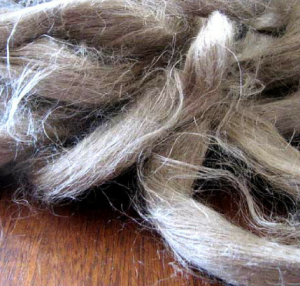What is yarn and how is it made?
There are many different fabrics available and if you are searching for ideas for making your own clothes or craft items, you will often see the word yarn mentioned. What exactly is yarn and how is it made?
Yarn is essentially a spun thread that is most commonly used for sewing and embroidery, weaving or knitting. The term refers to fabrics that have been woven or knitted with yarn thread, which is why you will see it in craft stores selling crochet kits and knitting patterns. It is the oldest and most common type of textile fibre and can be made of natural or synthetic fibres twisted together into strands.
Natural yarns
These fall into two categories: animal-based and plant-based. Animal-based yarn is made from animal hairs and includes sheep wool yarn, alpaca yarn, and angora yarn. Plant-based yarn is made from plant fibres, with cotton yarn being the most common type and taken from the fibre that protects the plant’s seeds. Linen is similar and is made from flax plant fibre.
According to the Daily Mail, natural fibres can sometimes be more difficult to work with but are softer on the skin and lighter.
Synthetic or artificial yarns
These are, as you might expect, man-made using chemical processes. This makes them cheaper but not as eco-friendly. The most common synthetic yarns are acrylic, rayon and nylon, which are good for use in clothing because they are easy to wash. Synthetic yarn is the most common type found in craft stores selling knitting kits and crochet kits. You can see the latest collection of crochet kits online for ideas on how these are used.
Spun or filament
Lastly, yarn is either spun, which means staple fibres are twisted to make a single thread, or filament, which is made up of filament fibres that are grouped or twisted together. Staple fibres are short in length and spun together, while filament fibres are an almost continuous length of fibre. Filament fibres can become staple fibres when they are cut into individual lengths.










